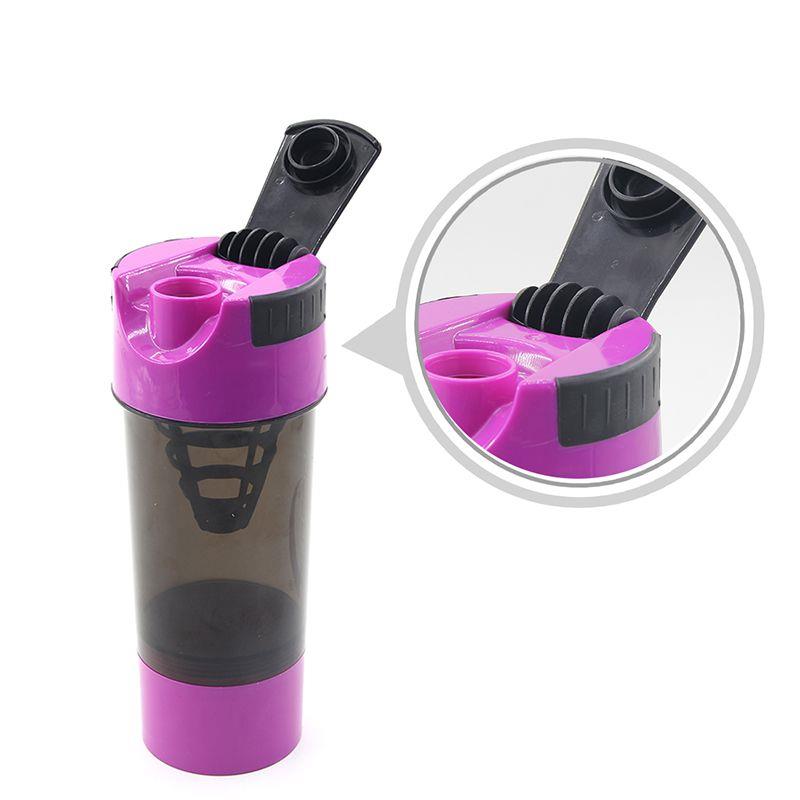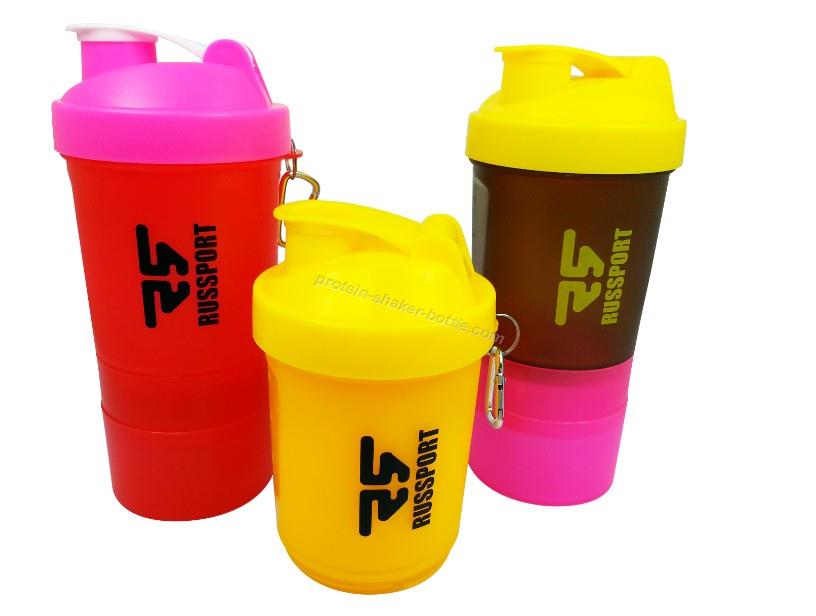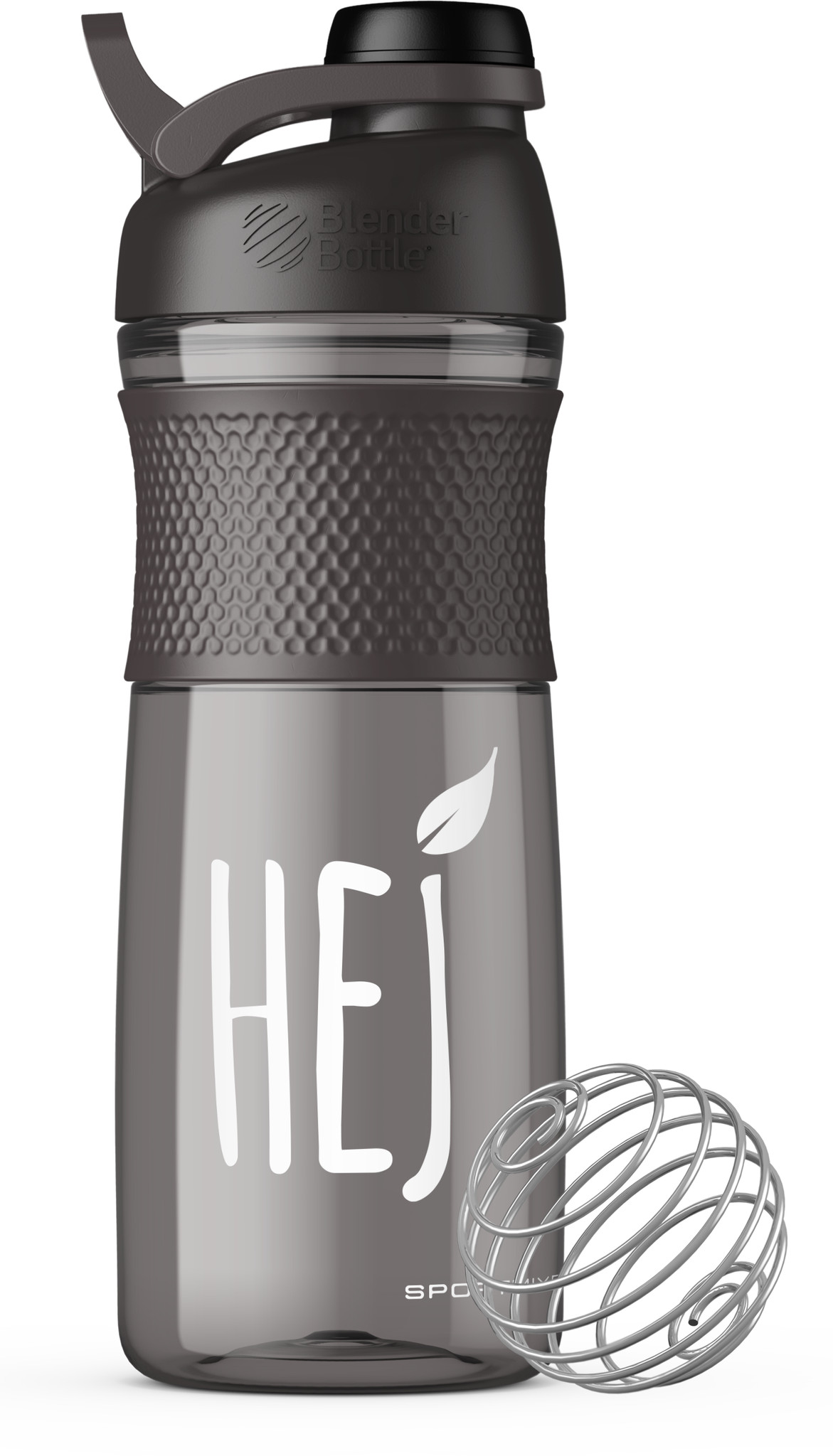
The best protein shakers should seal well, offer a quick way to mix your ingredients, and keep your drink at a steady temperature â we believe no one needs to taste a warm chalky protein shake. In the name of work, we tested the best protein shakers out there to get the job done.Īdequate protein intake is crucial for muscle repair and growth, helping to maximize your muscle gains in the gym and post-workout recovery, regardless of your training regime. But if youâve got your recipes locked down already, then you just need the perfect shaker to pair it with. If youâre looking for smoothie ideas, we tried Chris Hemsworthâs go-to protein shake and it was actually good. In fact, you can pack just about any protein powder, creatine or smoothie into these versatile shakers, and some even come with handy supplement storage to feed your on-the-go health fix. Literally.ĭonât be fooled, the best protein shakers are much more than just a water bottle. Throughout this test, our testers took special note of several things: If the bottle provided clear measurements and an added mixing mechanism, if it was easy to carry and seal, how quickly and well the powder dissolved, the texture and consistency of the shake, and if the bottle was easy to clean and maintain. Next, each tester was instructed to sip their protein shake and pay special attention to flavor and texture: How did it taste? Was the shake clumpy or smooth? How well did the powder dissolve?Īfterward, testers poured out the remaining liquid and cleaned the shaker bottle according to the manufacturer’s instructions. After sealing the shaker bottle securely, they shook vigorously for about 30 seconds, or as recommended by the manufacturer. Then, using the included measuring spoon, testers added a scoop of protein powder to each bottle. Using a Vital Proteins Protein Powder, testers were instructed to fill each shaker bottle with the correct amount of water for the perfect powder-to-liquid ratio. With guidance from Knott, a board-certified specialist in sports nutrition, our six testers got to shaking in the lab. A good shaker bottle should have a leak-proof design, eliminate clumps, and be easy to cleanour testers assessed each bottle across these three criteria and more. To find the best shaker bottles on the market, six of our expert testers spent hours in The Verywell Testing Lab evaluating 29 top-rated products. M.BlenderBottle Classic Review – Best Shaker For Protein?! Jenna Bilbrey, BPA-Free Plastic Containers May Be Just as Hazardous, Scientific American, August 11, 2014 Bolden, Bisphenol S and F: A Systematic Review and Comparison of the Hormonal Activity of Bisphenol A Substitutes, Environmental Health Perspectives, July 1, 2015 Jon Hamilton, Beyond BPA: Court Battle Reveals A Shift In Debate Over Plastic Safety, NPR, February 16, 2015 No consumer health risk from bisphenol A exposure, European Food Safety Authority, January 21, 2015 PH Gleick, HS Cooley, Energy implications of bottled water (PDF), Environmental Research Letters, February 19, 2009īottling Our Cities' Tap Water (PDF), Food & Water Watch, August 1, 2010

#Protein shaker blender bottle free
Jocelyn Ivanov, MIT, Drinking fountains: the past and future of free public water in the United States, September 29, 2015 Wesley Johnson, cryogenics research engineer at NASA’s Glenn Research Center in Cleveland, email interview, August 22, 2018 So, “the copper liner needs to be: polished, installed in a vacuum, and done so in a manner that limits the amount of oxidation of the metal prior to pulling the vacuum.”

“The main benefit of copper is that when it is polished, it is much more reflective of radiation heat transfer,” Johnson explained. But it works only under a set of specific circumstances.

And copper can work to stop that last method of heat loss. “This leaves only radiation heat transfer between the walls,” Johnson said.

A double-walled bottle already stops solid conduction, and a vacuum-insulated bottle stops gaseous convection. It could work, and as Wesley Johnson, a cryogenics research engineer at NASA’s Glenn Research Center in Cleveland, explained, “For spacecraft, we often use a similar technique for insulation.” The theory behind using copper in insulation (despite its being an excellent conductor normally) is based on the fact that heat transfers through three forms: solid conduction, gaseous convection, and radiation, Johnson told us. Sometimes manufacturers make bottles with copper linings in an attempt to keep the contents even hotter or colder.


 0 kommentar(er)
0 kommentar(er)
